Retirement Planning After 40 in India: A Late-Starter’s Guide
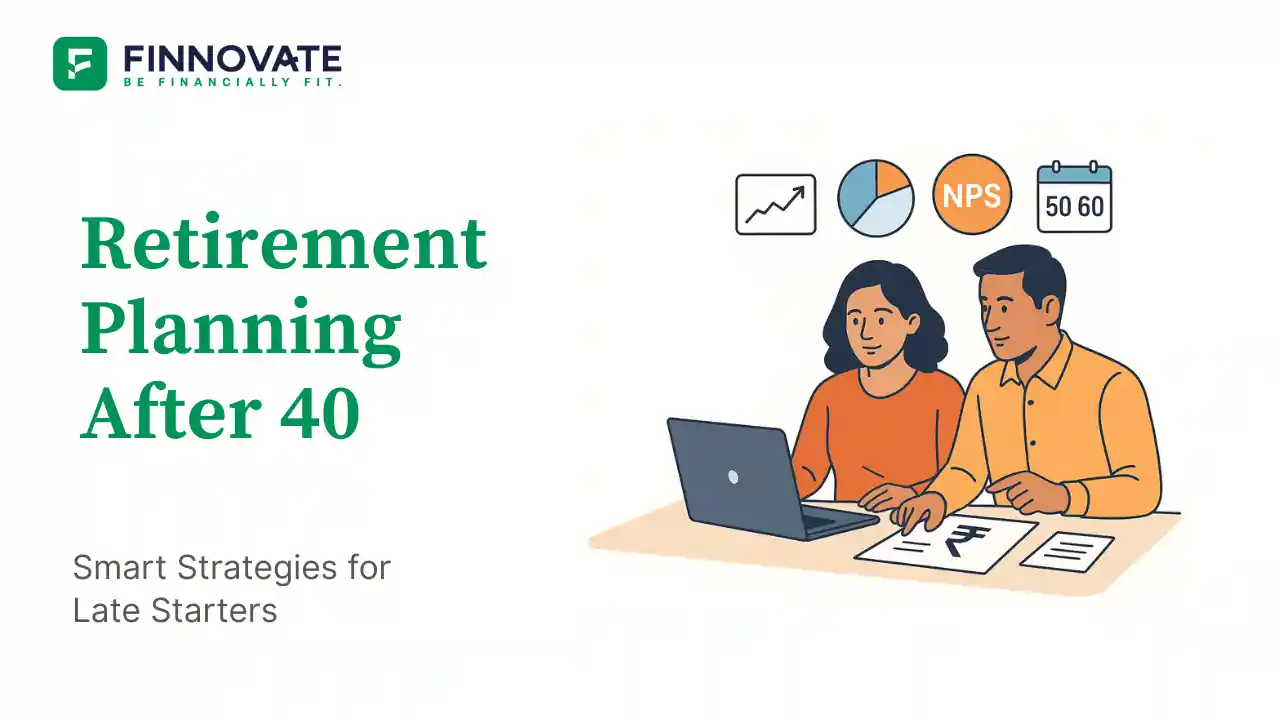
By

If you’re 40 and still wondering “Have I done enough for retirement?” - you’re not alone. In India, most people delay retirement planning until their 40s because of career priorities, family responsibilities, or lack of awareness.
The good news? Even if you missed the early compounding years, you still have 15–20 strong earning years ahead. With the right strategy, you can build a solid retirement corpus. Let’s see how late start retirement planning in India can still secure your golden years.
Early starters get the magical power of compounding. But what happens when you start late?
Even doubling SIP to ₹10,000/month at 40 gives only ₹69 lakh in 20 years. To reach the same ₹3.9 crore corpus, you’d need nearly ₹56,000/month SIP for 20 years.
Lesson: Time is the biggest wealth builder. But late starters can still catch up with smarter strategies.
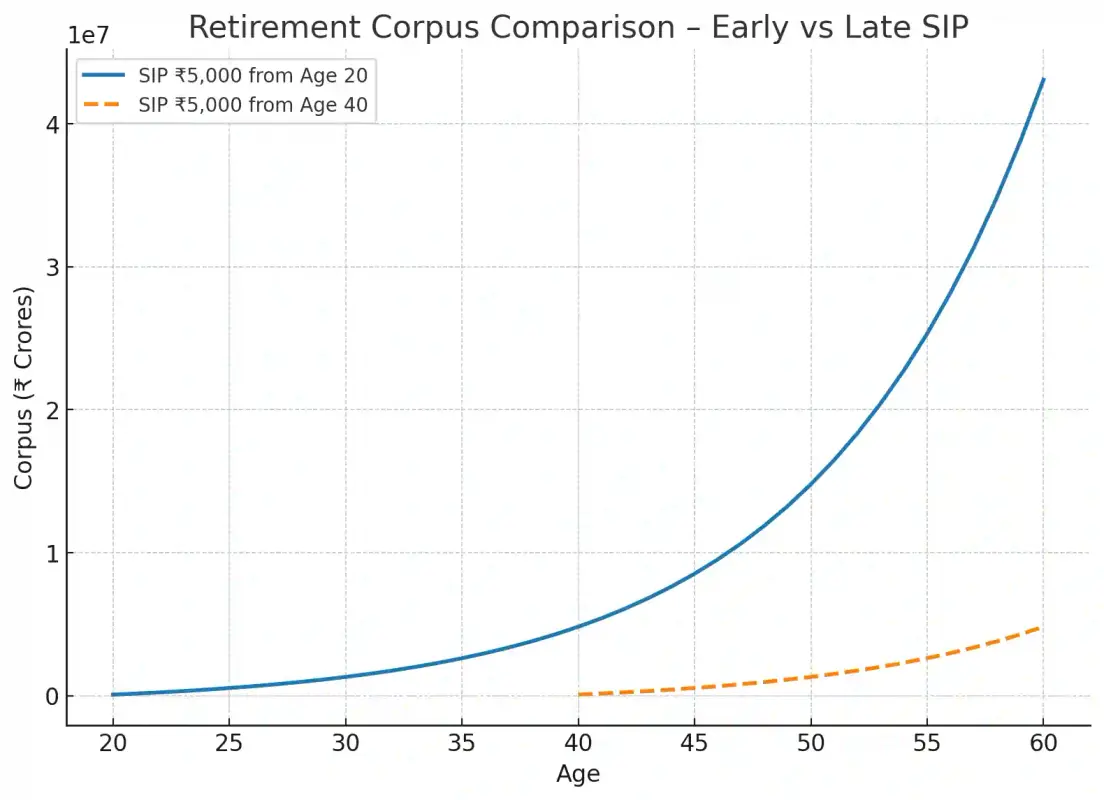
When starting at 40, you must balance realistic goals with aggressive saving.
Tip: Focus on inflation-adjusted targets. For example, ₹1 crore today will be worth only about ₹32 lakh in 20 years at 6% inflation.
Don’t overestimate returns - assume 10–12% CAGR for equity-heavy portfolios.
When you’re 40, you can’t afford reckless risk. Balance growth with stability:
Example allocation at age 40: 60% Equity | 30% Debt | 10% Gold.
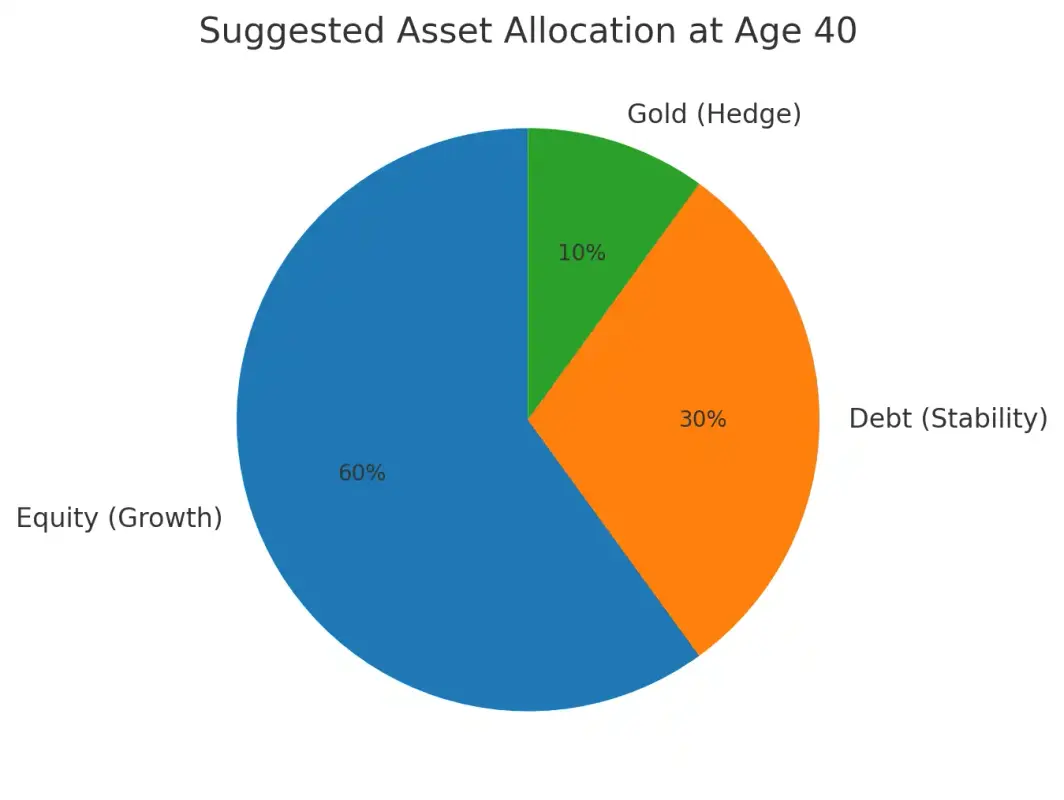
High-interest loans are retirement killers.
Example: Redirecting a ₹25,000 EMI into SIP at 11% CAGR → ₹1.6 crore in 20 years.
Your retirement plan can collapse without protection.
Remember: It’s post-tax return that matters, not just gross return.
With just 15–20 years left, mistakes can cost you crores.
When time is short, experience is worth more than trial-and-error DIY.
Yes, but only if you’re aggressive.
Caveat: Works only for high-income earners with controlled lifestyle.
Starting at 40 is not ideal, but it’s far from hopeless.
With discipline, you can still secure financial independence and enjoy a stress-free retirement.
Yes, but it requires extreme discipline, high savings rate (50–60% of income), and equity-heavy portfolio. For most people, retiring at 60 is more practical.
For a ₹5–6 crore corpus by 60, you’d need ₹40,000–₹50,000/month SIP at ~11% CAGR.
Yes. NPS offers equity + debt mix, additional ₹50,000 tax deduction, and is suitable for disciplined long-term saving.
For metro middle-class lifestyle, ₹5–6 crore is a realistic target by 60, considering inflation and healthcare.
SIP ensures discipline and rupee-cost averaging. But if you get a lumpsum (bonus, property sale), investing part immediately into a diversified portfolio accelerates catch-up.
Want to know how much you need to invest monthly?
Use our Retirement Calculator and schedule a free call with our advisor today.
Disclaimer: This article is for educational purposes only. Examples use assumed returns/inflation and are illustrative; investments are subject to market risks. Please consult a SEBI-registered investment adviser/tax professional before acting.

Learn how to easily download your NSDL CAS Statement in PDF format with our step-by-step guide. Follow our instructions to log in to NSDL e-Services, download your account statement, and subscribe for
Read Full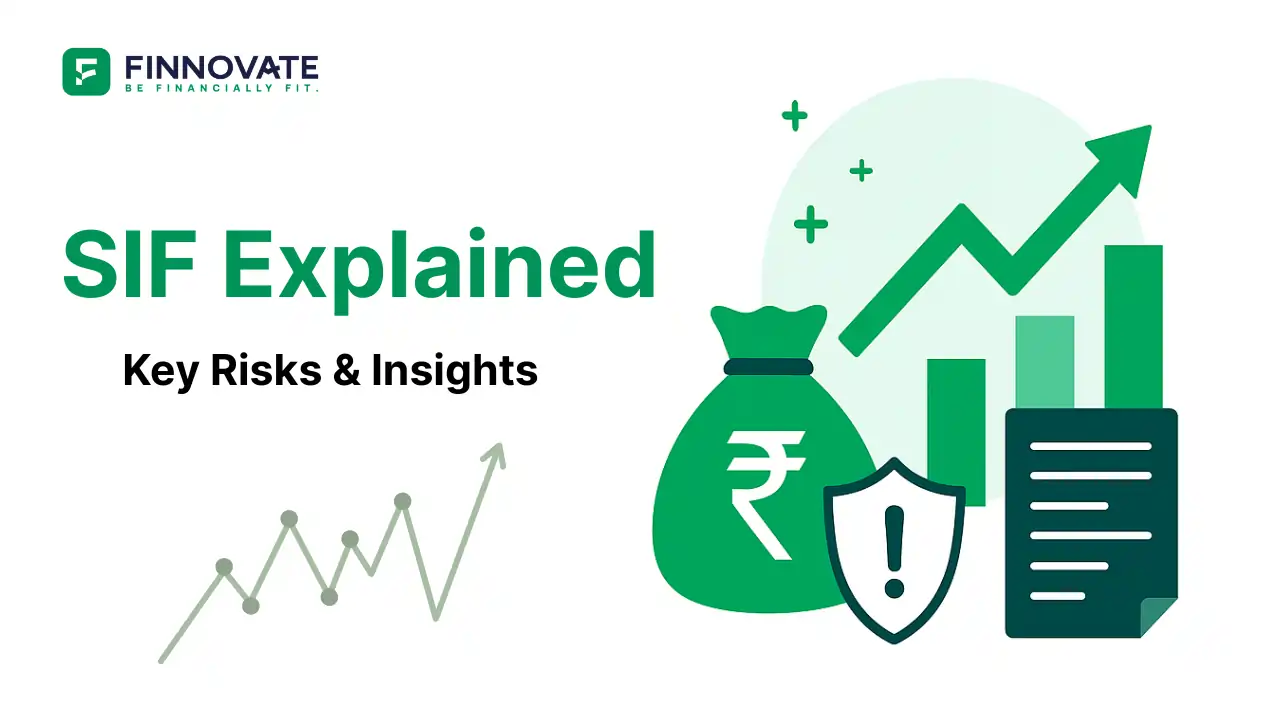
Explore what Specialised Investment Funds (SIFs) are, their benefits, taxation, minimum investment, how to invest, how they compare with mutual funds and PMS and latest developments in SIF space
Read Full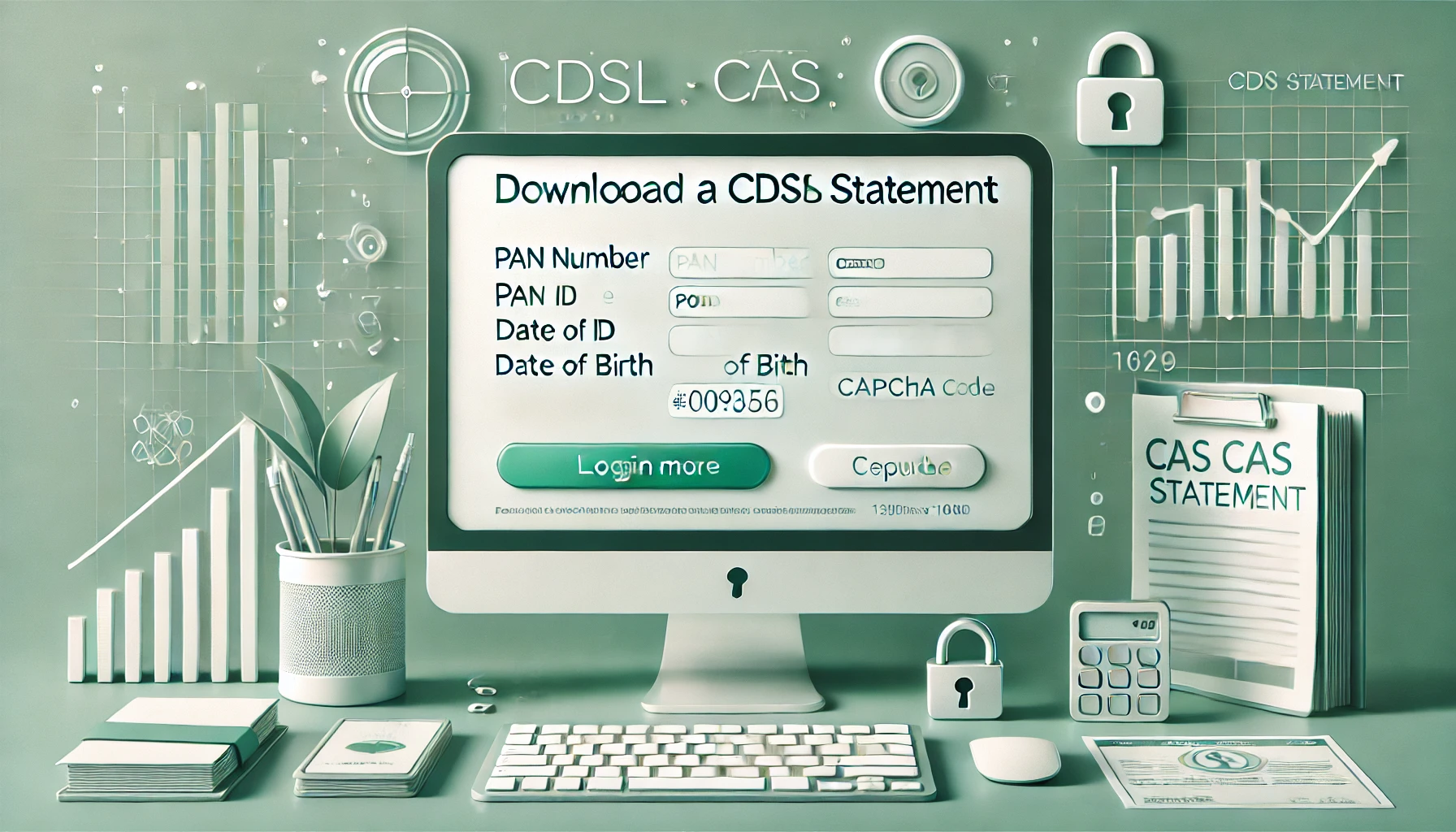
Learn How to Download Your CDSL CAS Statement with our step-by-step guide. Easy instructions for accessing your investment details online.
Read Full
Analyzing the potential economic impact of the 2025 India-Pakistan conflict on India's GDP growth, manufacturing sector, and foreign investment.
Read Full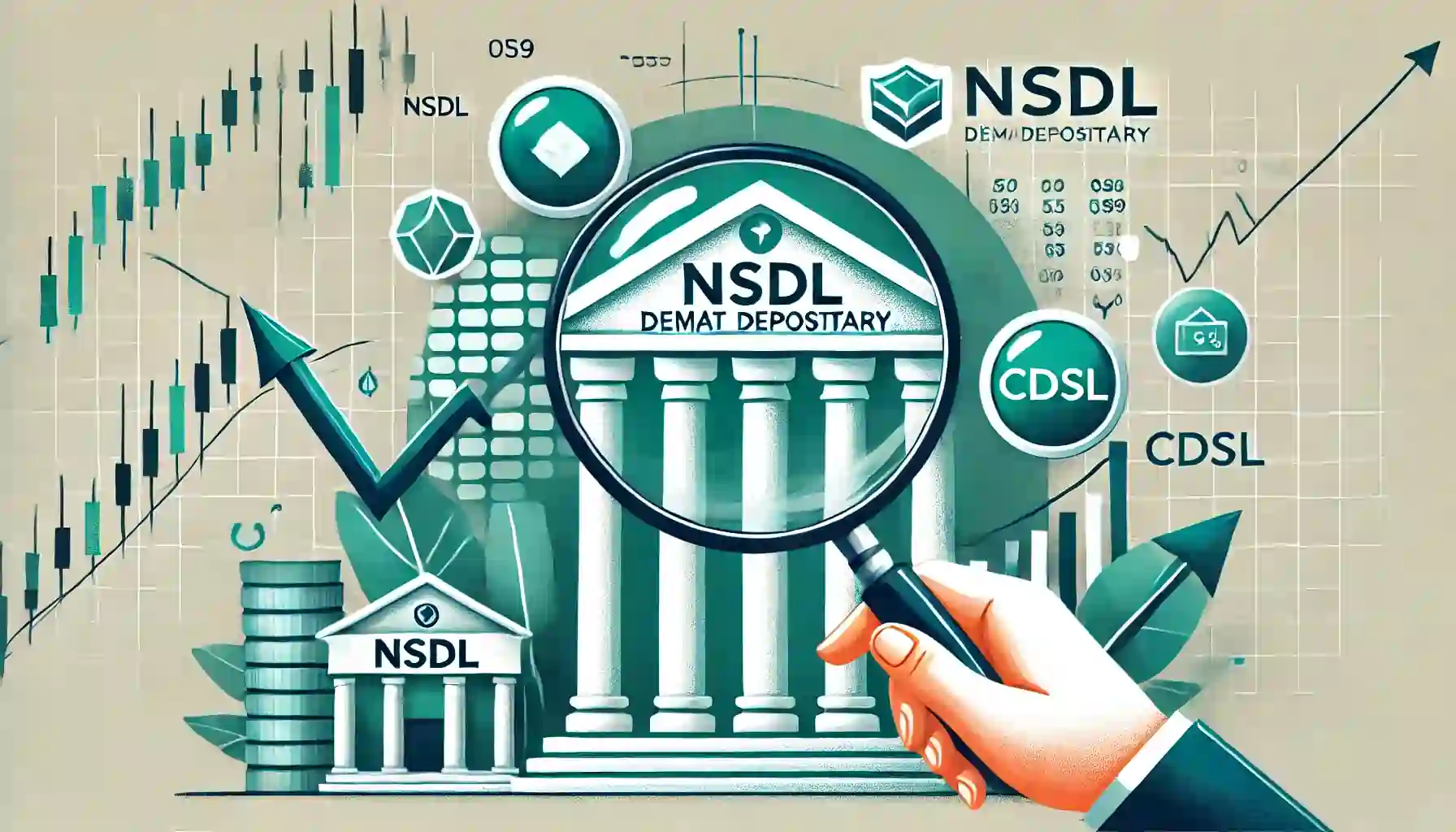
Determine if your Demat Depositary (DP) is NSDL or CDSL easily. Follow our guide to check using broking platforms or Demat account number formats
Read Full
Looking for the best financial freedom books? Here’s a handpicked 2025 reading list with summaries, why to read, and who it's best for.
Read Full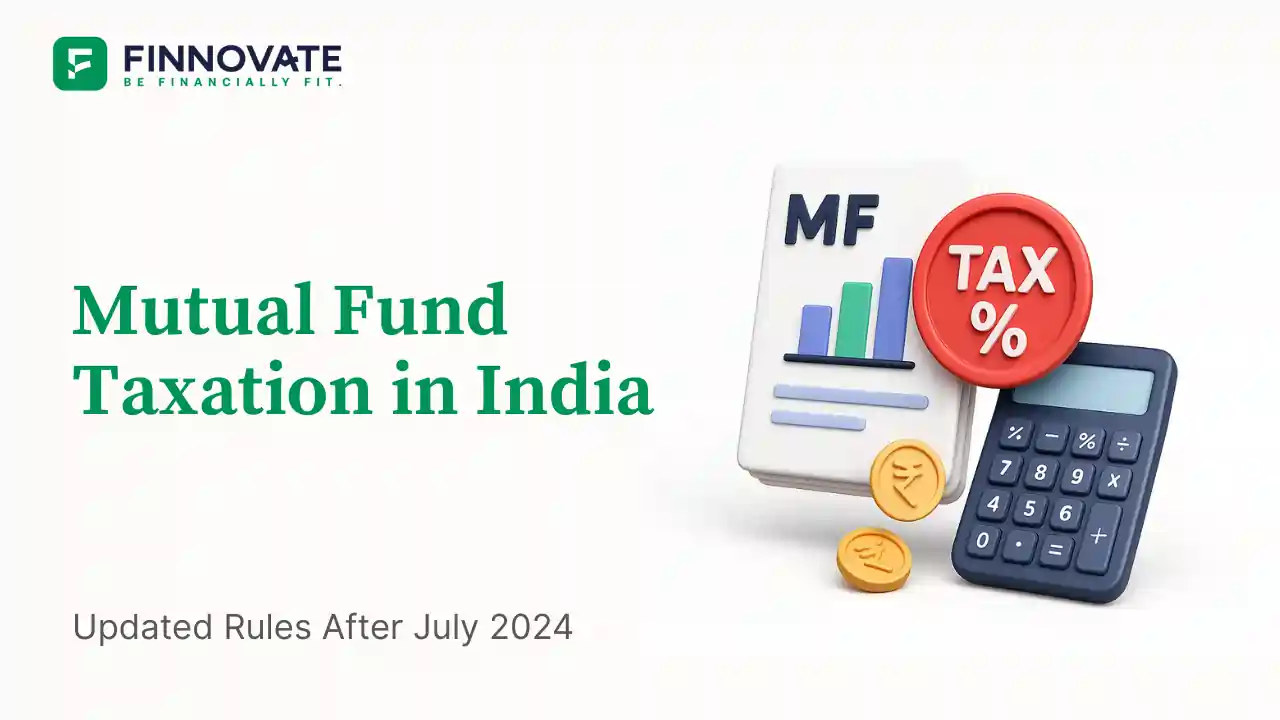
Clear guide to mutual fund taxation in India for FY 2025–26 after July 2024 changes: equity STCG 20%, LTCG 12.5% with ₹1.25L exemption, debt/hybrid rules, dividends, examples, tables, and FAQs.
Read Full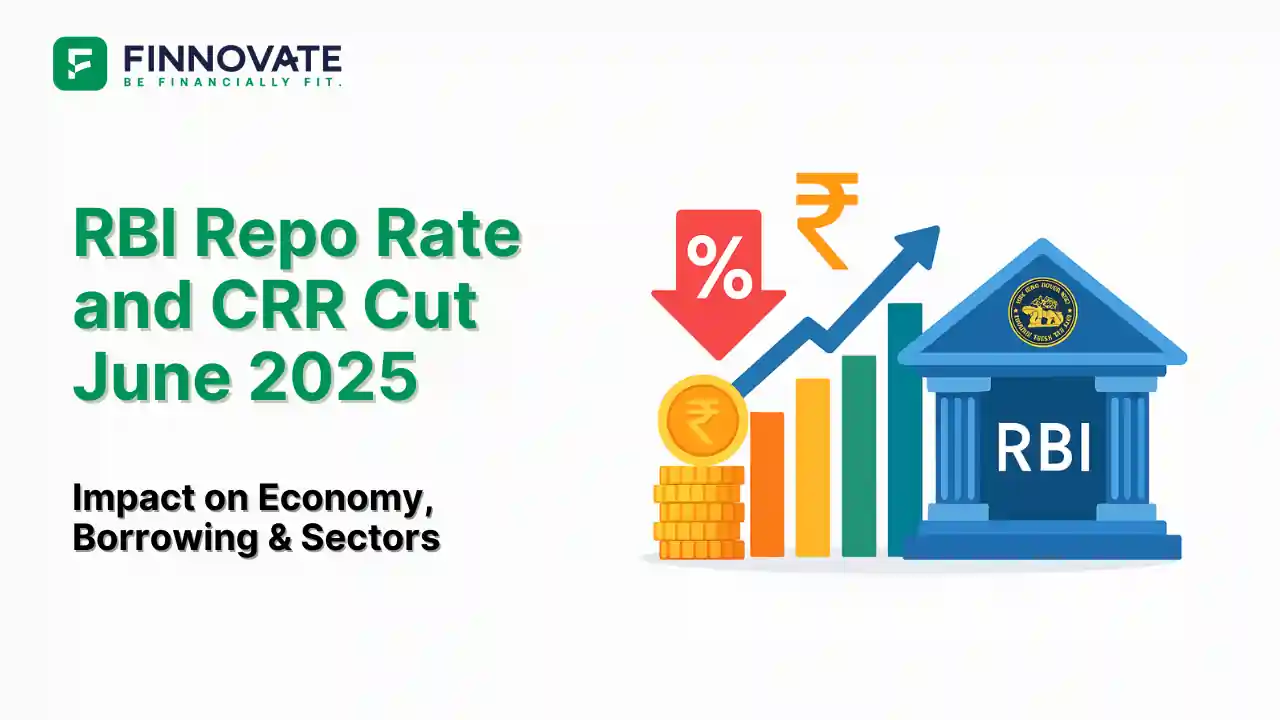
RBI cuts repo rate by 50 bps and CRR by 100 bps in June 2025 to boost growth. Learn how it impacts inflation, borrowing, sectors, and market trends.
Read Full